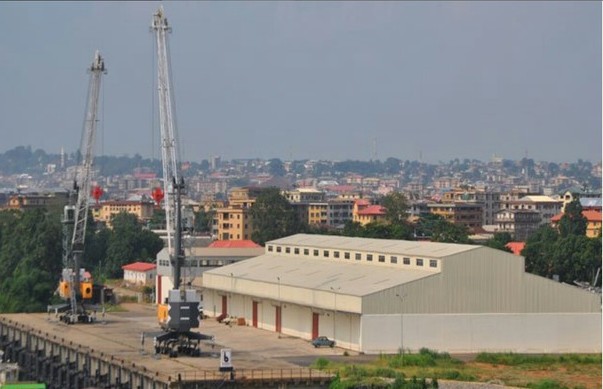More than 80% of the world’s population is being harmed by air pollution and the situation is getting worse, the World Health Organisation (WHO) warned today, adding that the built environment is both a cause and potential cure.
There is a wide disparity between developed and less developed nations, however. The latest urban air quality database found that 98% of cities in low and middle income countries with more than 100,000 inhabitants do not meet WHO air quality guidelines.
When dirty air blankets our cities the most vulnerable urban populations – the youngest, oldest and poorest – are the most affected– Flavia Bustreo, WHO
In high-income countries, that percentage decreases to 56%.
Poor quality of air is associated with strokes, heart disease, lung cancer and chronic and acute respiratory diseases including asthma.
One particularly dangerous form of pollution is particle emission. In 2012 particulate matter was classed as carcinogenic by the WHO, which calculated that same year that air pollution was responsible for 3.7 million deaths.
“When dirty air blankets our cities the most vulnerable urban populations – the youngest, oldest and poorest – are the most affected,” said Flavia Bustreo, a WHO assistant director general.
The healthiest air is found in Canada and New Zealand, where the level of particulate matter is generally below the WHO threshold of 25 µg/m3 in a 24-hour period.

Onitsha inland port, in Nigeria: the most polluted air in the WHO database (Nwabu/Wikimedia Commons)
On average, the most polluted air is found in Pakistan, Afghanistan and India. The level in Rawalpindi, for example, is 448µg/m3. However the most polluted city in the world is Onitsha in Nigeria, which recorded a level of 598µg/m3.
The WHO said that construction and infrastructure both cause pollution and hold the key to reducing it. The organisation recommends reducing industrial smokestack emissions, increasing the use of renewable power sources such as solar and wind, and prioritising rapid transit, walking and cycling networks.
Among the key trends picked out in the period 2008-13 were:
- Global urban air pollution levels increased by 8%.
- The highest urban air pollution levels were experienced in low-and middle-income countries in the eastern Mediterranean and south-east Asia regions, with annual mean levels often exceeding 5-10 times WHO limits. The levels of urban air pollution in these areas has increased by more than 5% in more than two-thirds of the cities.
- In the African region, urban air pollution data remains sparse, however available data revealed particulate matter levels above the median.
The organisation’s database covers 3,000 cities in 103 countries. A copy of it can be downloaded here.
Top photograph: Smog in Cairo (Sturm/Wikimedia Commons)






